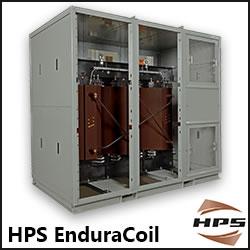Intersolar and ees North America 2016 underway in San Francisco
Why Every Rooftop Solar System Needs Energy Storage
Tesla applies for 6 new trademarks to sell solar energy under the 'Tesla' brand
BMW electric-car batteries to be used as home energy-storage devices
24M's Batteries Could Better Harness Wind and Solar Power
Electric Utilities Prepare for a Grid Dominated by Renewable Energy
Virtual Power Plants Get Around Solar Power's Intermittency Problem
Energy Storage: It's About the Software
The inventor of this solar-powered water filtration system wants to win the Nobel Peace Prize
Three takeaways from the national energy storage conference in Charlotte
WattJoule Develops Cost Breakthrough for Liquid Energy Storage
Two-thirds of US solar installers do not offer storage, study finds
Could uphill train tracks solve the problem of energy storage?
Tesla Discontinues 10-Kilowatt-Hour Powerwall Home Battery
GE has figured out how to make solar power batteries using greenhouse gasses
Records 391 to 405 of 468
First | Previous | Next | Last
Energy Storage - Featured Product

